Arctic Spatial Data Infrastructure (Arctic SDI)
The Arctic SDI is a collaborative partner-based effort of the National Mapping Agencies of the Arctic.
The Arctic SDI is a collaborative partner-based effort of the National Mapping Agencies of the Arctic.
Home / Initiatives / Arctic Spatial Data Infrastructure (Arctic SDI)
Think of the Arctic Spatial Data Infrastructure (SDI) as a highly specialized global information highway. It provides a framework where users can connect to geographic data from numerous sources to create a sum that is the greater than the parts. This resource allows diverse data to flow worldwide and to be combined and analyzed across nations, communities and agencies. Common standards enable users to share and integrate layers of data and information like place names, topography, rivers and lakes, land cover, permafrost and biodiversity.
The Arctic SDI was developed by the National Mapping Agencies of the Arctic Council member states, including Canada, through Natural Resources Canada’s (NRCan) Canada Centre for Mapping and Earth Observation (CCMEO). It is an example of scientific diplomacy and technical collaboration that continues to support Arctic Council priorities related to climate change and sustainable development. It also supports Indigenous and community resiliency projects, enabling forecasting, monitoring, mitigation and management of climate change impacts.
It is 1/6 of the earth’s area; It covers 30 Million square kilometers; It is all time zones; It has 8 Countries; It has a population of over 4 million; It has over 40 indigenous languages; It has unique Biodiversity; This is the Arctic.
A vast number of diverse data sets are produced and distributed by many public and private stakeholders around the world; With a focus on thematic areas including:
These datasets are tied to a location and are geographically referenced. A spatial data infrastructure provides a rich data sharing environment for data distributors to publish in a standardized manner thus enabling analysts easy access and methods to combine diverse sources of information.
In order to predict, understand and react to changes and activities in the Arctic; 8 National Mapping Agencies of the Arctic Countries came together in partnership; With international agreements on standards to enable the discovery – and – use of Geospatial Information and provide improved access to geospatial data; Through the Arctic Spatial Data Infrastructure Portal.
The Arctic SDI is an infrastructure that aims to provide easy access to:
By improving access to geospatial data; the Arctic SDI can help us better to predict, understand and react to changes in the Arctic. A response to the impact of climate change and human activities in the Arctic, requires accessible and reliable data to facilitate:
The Arctic SDI will provide access to geographically related Arctic data; Digital Maps and tools. These applications lead and guide the development of the Arctic spatial data infrastructure. Information and documentation available by visiting arctic-sdi.org.
The Arctic SDI provides the connectivity needed to power and deliver data and maps via an online portal. The Arctic SDI Geoportal is the access point that allows users to combine data from many different sources, create customized thematic and statistical maps and share these on their own websites as digital, interactive and embedded maps. The Geoportal also provides access to a place name search tool with three million Arctic place names.
The custom map below is being delivered via the Arctic SDI Geoportal. Web developers can create dynamic interactive maps, known as embedded maps, for delivery through their own website without any coding and in just a few quick steps. This is a unique service that is delivered to the public through the Geoportal.
Move the vertical slider left to right to compare sea ice extent between January and July.
EPSG:3573 – WGS 84 / North Pole LAEA Canada
Developed through collaborative efforts and data sharing among Arctic nations, this map is an insightful comparison of the Arctic’s sea ice extent. It distinguishes between the average conditions in January and July from the years 1979 to 2007. The sea ice extent is layered on top of the Arctic SDI topographic basemap, which provides a detailed depiction of the underlying geographical features and elevations.
The layer on the left illustrates the average sea ice extent for January, the peak of the Arctic winter, showcasing the maximum reach of the ice. The layer on the right illustrates the average sea ice extent for July, capturing the minimum ice coverage during the height of summer. This contrast highlights the seasonal fluctuations in sea ice and the dynamic nature of polar environments.
Access the main web services from ArcticSDI, including the basemap, a geolocator, and the metadata catalogue to find arctic data sources.
Reference basemap for the Arctic enabling users to display their data in applications such as websites.
Detailed place name information collected from the countries in the Arctic region.
A catalogue application of metadata records of spatially referenced datasets related to the Arctic region.
Find key links, reports and resources to learn about the Arctic SDI.

Visit the Arctic SDI website to learn more about this collaborative initiative of various national mapping agencies.
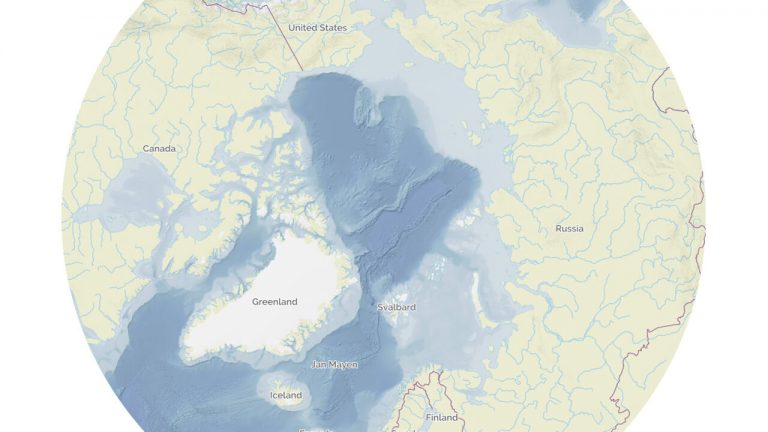
View data from many sources, combine layers, and create custom maps of the Arctic in this interactive mapping application.
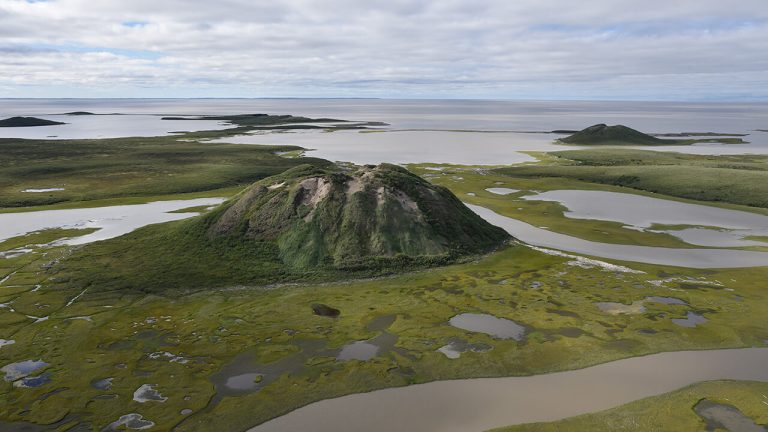
The Framework (2017) assists in establishing how the Arctic SDI facilitates interoperability of arctic geospatial information.
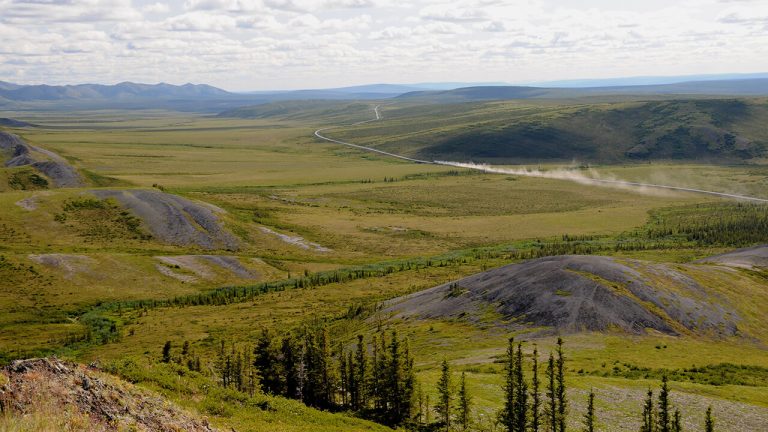
Learn the details of the Arctic SDI with guidance on information management practices.
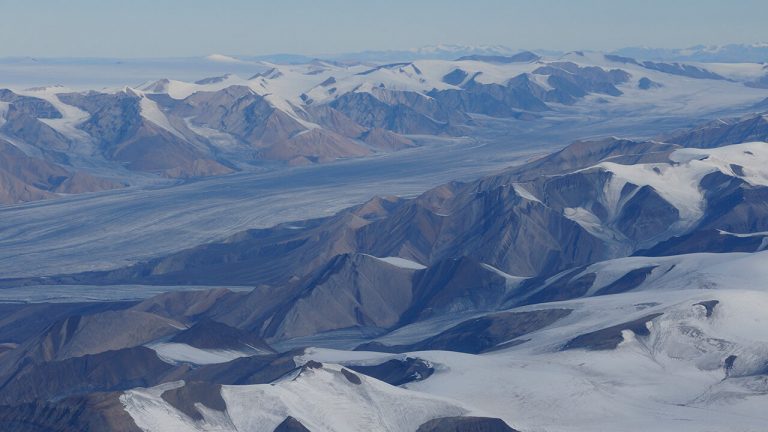
Visit the Arctic SDI website for biennial reports, factsheets, governing documents, user needs assessment and more.
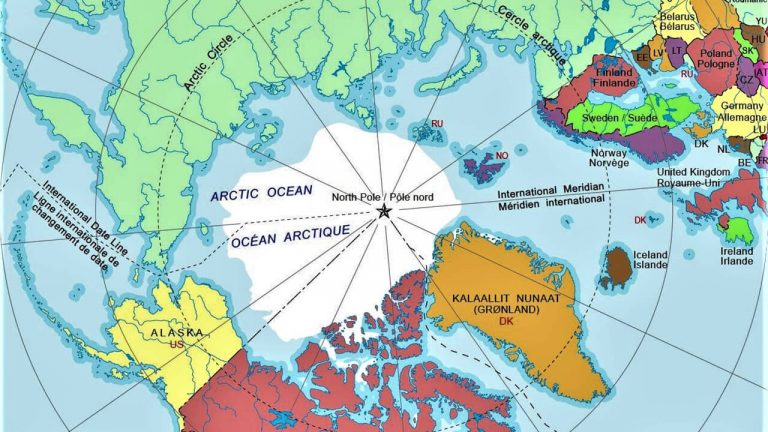
A global information highway to meet the challenges of a fragile Arctic ecosystem. Learn more about the Arctic in this Simply Science article.
GEO.ca is committed to open dialogue and community building around location-based issues and topics that matter to you.
Share this page:
Canada Centre for Mapping and Earth Observation
Natural Resources Canada
Government of Canada
geo@nrcan-rncan.gc.ca

Terms and Conditions
Powered by GEO.ca, Copyright © 2025
GEO.ca is part of the Canadian Geospatial Data Infrastructure (CGDI)